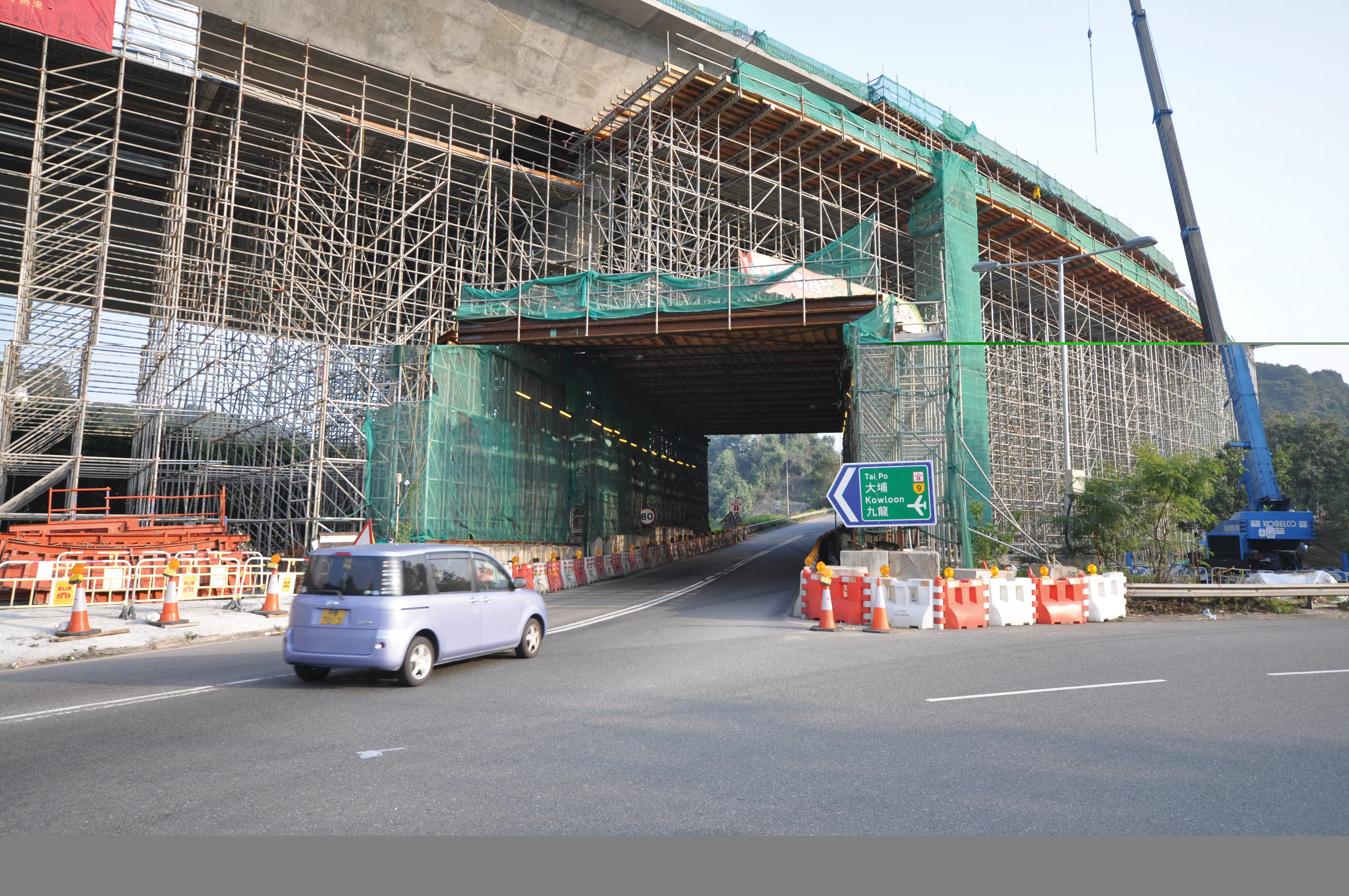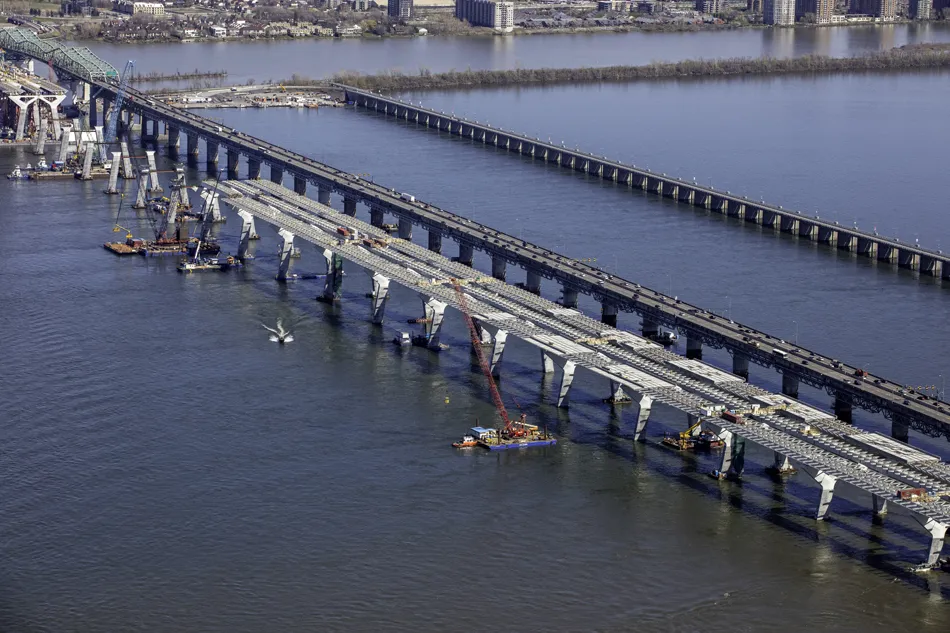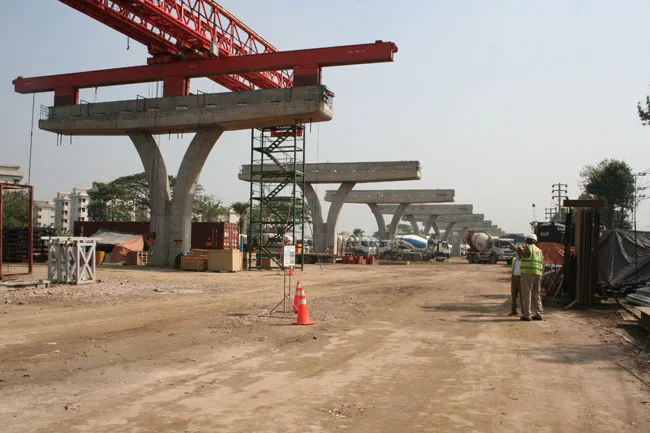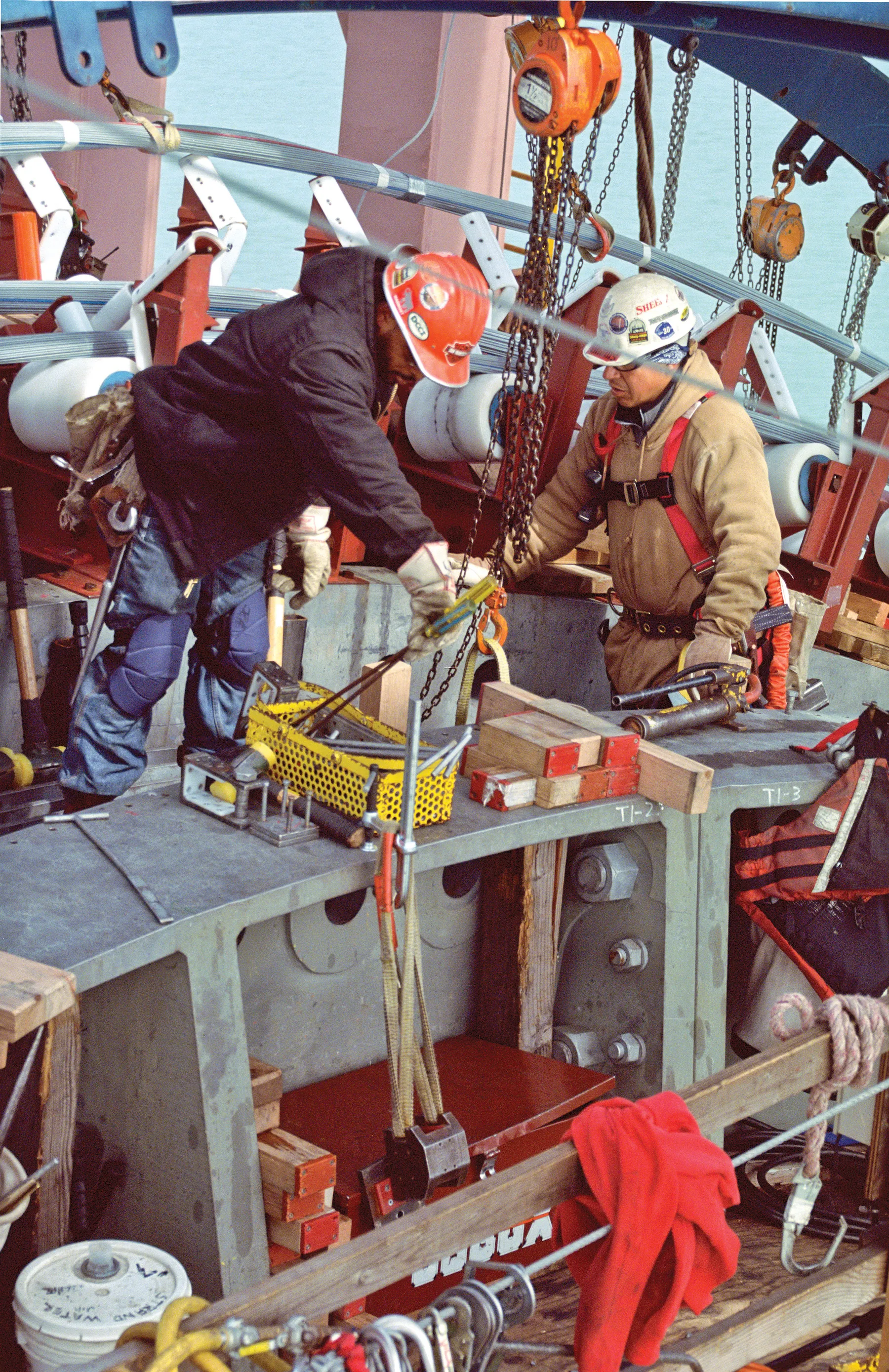RMD Kwikform has supplied its 80kN Rapidshor shoring for the widening of the Tolo Highway, running between the Island House Interchange and Tai Hang in Hong Kong. The project, overseen by main contractor Gammon Construction and set to be completed by the end of 2013, will widen the Tolo Highway from a two to four-lane carriageway in each direction, alleviating traffic congestion. “We were approached by [project] sub-contractors, United Soundfair and Richwell Engineering to supply shoring and formwork suppor
June 13, 2012
Read time: 2 mins

The project, overseen by main contractor
“We were approached by [project] sub-contractors, United Soundfair and Richwell Engineering to supply shoring and formwork support,” says Noel Kennedy, general manager for RMD Kwikform Hong Kong.
“The scale of the site and project required the use of our 80kN capacity Rapidshor shoring, to ensure safety and the continuous traffic flow needed, whilst the widening took place. Due to the location of the site, we also needed to engineer a solution using Rapidshor to support the overhead works spanning the slip roads at interchanges, whilst maintaining a safe access route for traffic.
“In addition to the main Rapidshor shoring, we also utilised our Megashor heavy duty shoring to provide extra support to a variety of the bridge deck structures, some up to a height of 25metres, with SuperSlim and GTX Beams used to create the soffit.”
Kennedy says the Tolo Highways project is one of many that have benefitted from the use of Rapidshor, which is one of the more widely used systems in Hong Kong. RMD Kwikform says it’s popular with sub-contractors, as it allows them to use less labour, due to the heavy leg load capacity.









